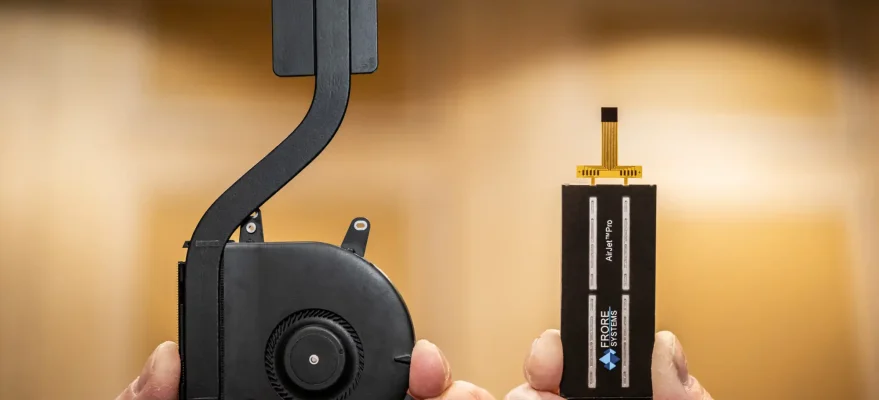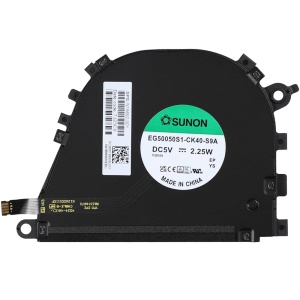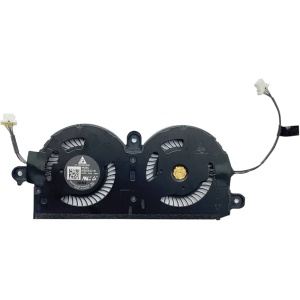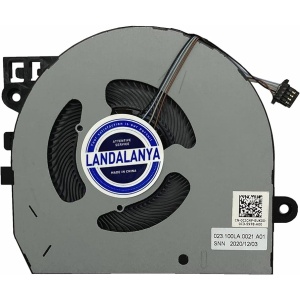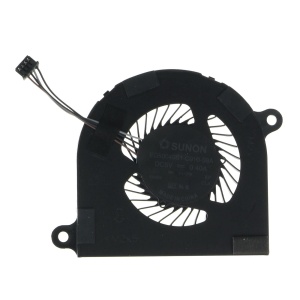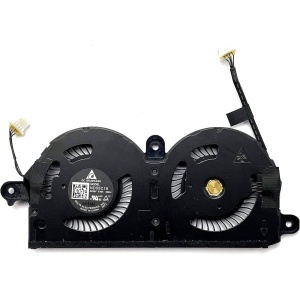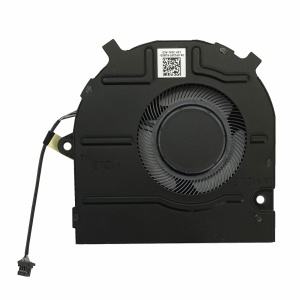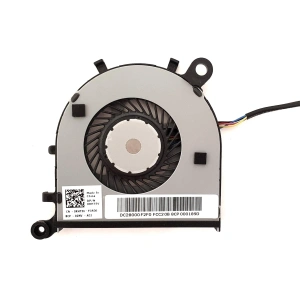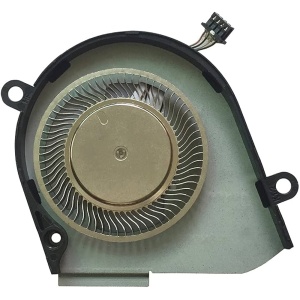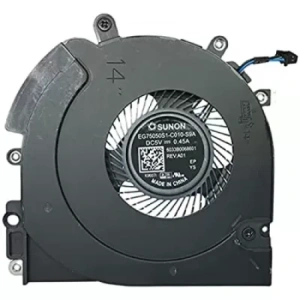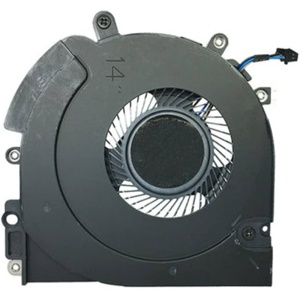AirJet’s solid-state cooling could radically improve tomorrow’s laptops repair near me
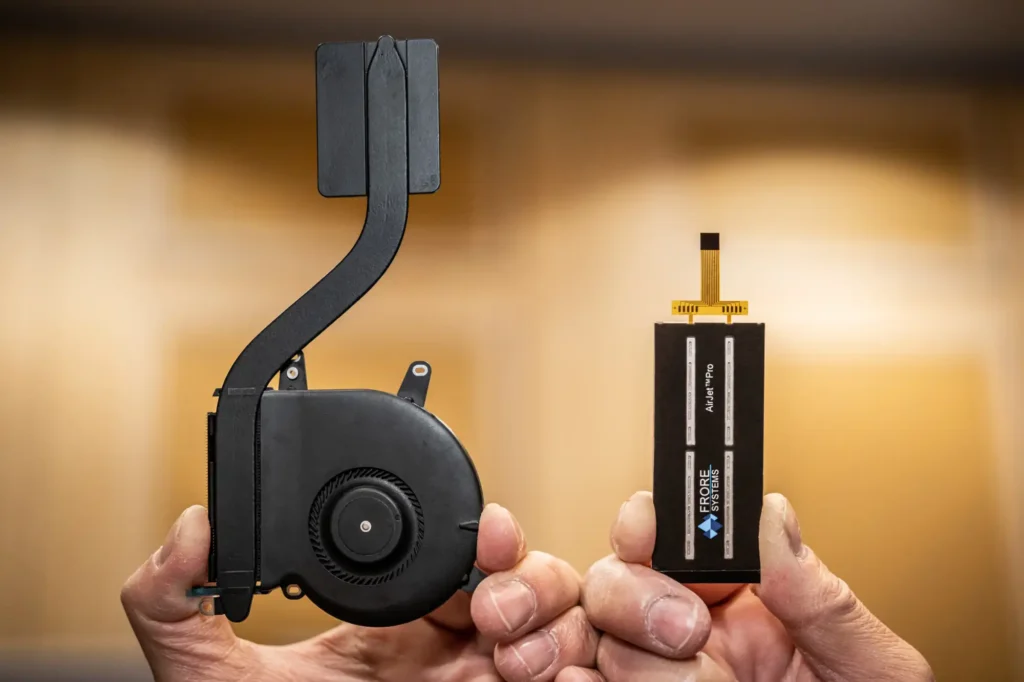
AirJet’s solid-state cooling could radically improve tomorrow’s laptops>For a long, long time, PCs have been chasing the idea of “no moving parts” as a platonic ideal for efficiency and reliability. And for just as long, active cooling has been an impediment to this goal: for high-powered electronics, you just can’t beat a fan and moving air for cooling stuff down. Or can you? Frore Systems’ AirJet is a radical solid-state approach to active cooling, and Gordon has the scoop at CES 2023.
https://youtu.be/YGxTnGEAx3E
The potential here is enormous. One of the biggest limiting factors in the performance of thin laptops is the thermal profile: you simply can’t shove a desktop-class chip into a laptop and run it at full performance without making it thick as a brick (or setting it on fire). But with solid-state cooling at a fraction of the size of even the most advanced conventional active cooling systems, those limitations start to disappear.

